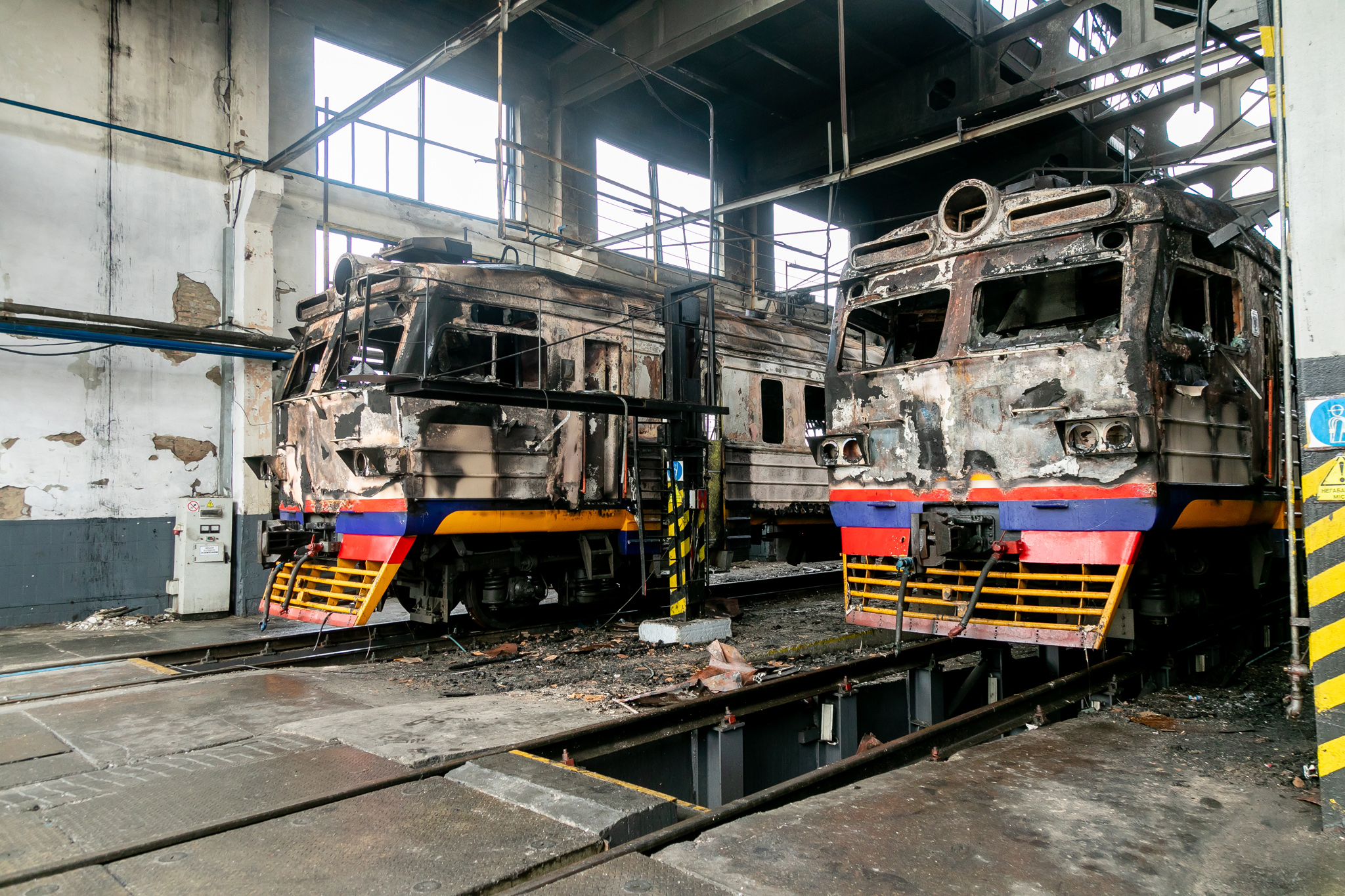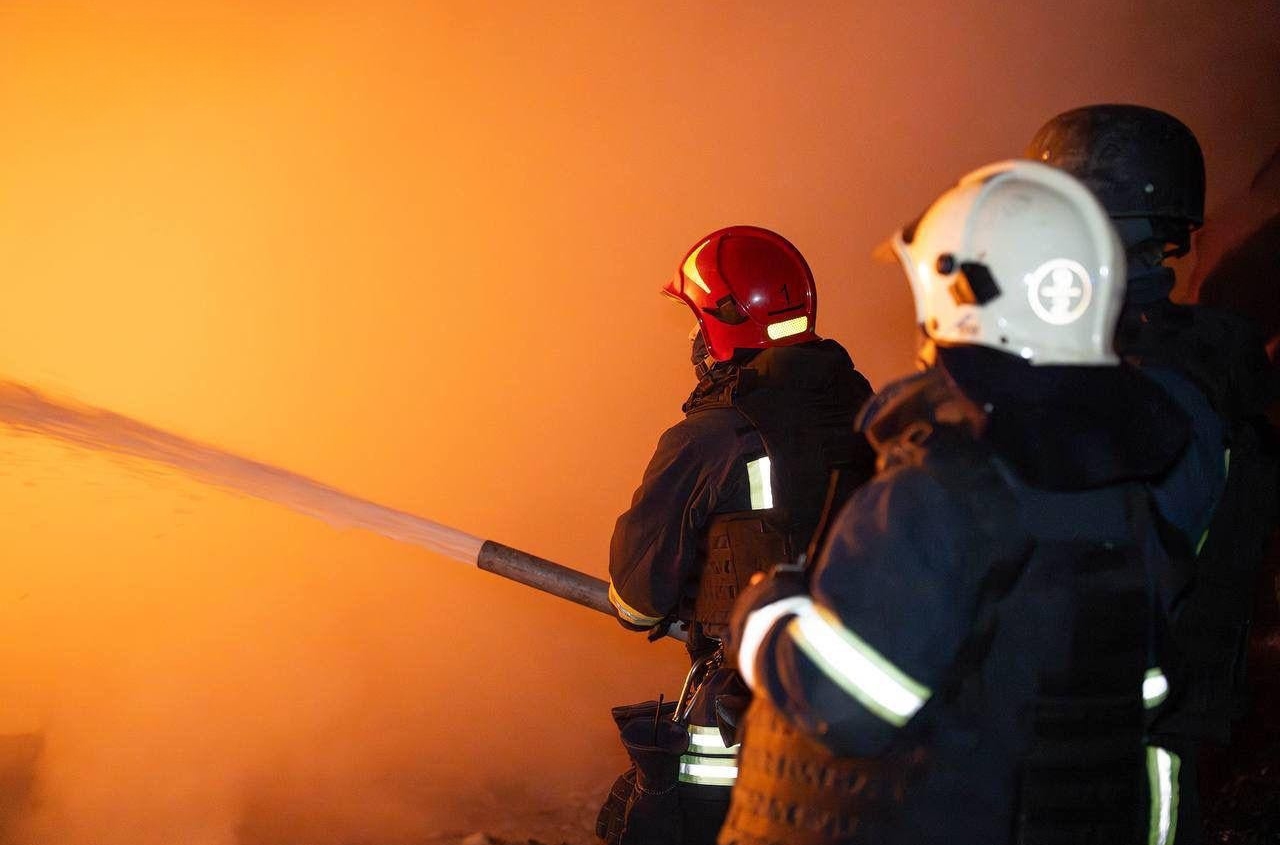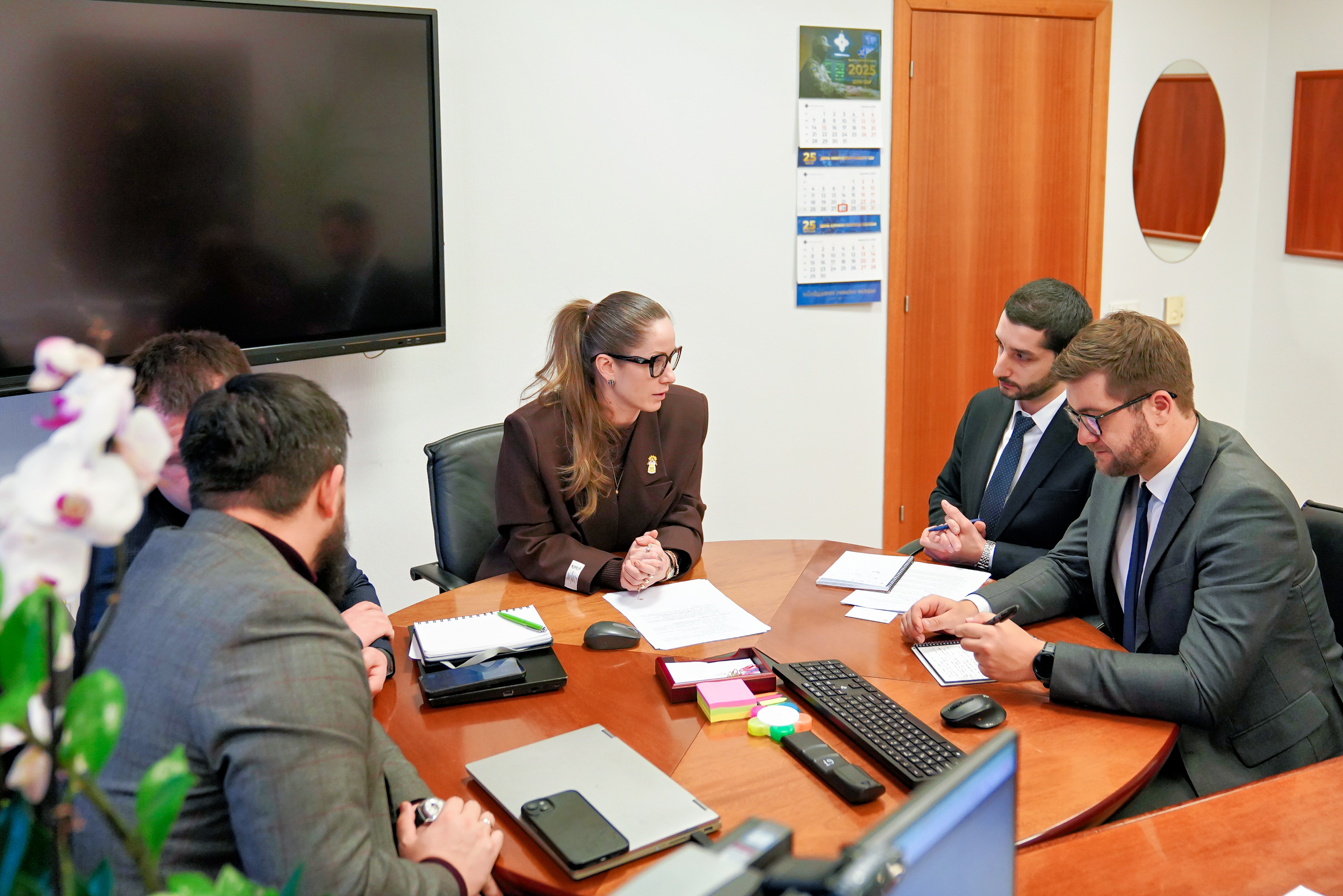The problem of landmine and explosive contamination in Ukrainian territories is not only a local threat to Ukraine, but also a factor influencing global prices for food and energy.
This was stated to journalists on Thursday by Paul Heslop, Head of the UNDP Mine Action Programme in Ukraine.
“Every person in this room, in this city, in this country, on this planet is paying more for food and energy because of the war in Ukraine. Lowering prices directly depends on returning land to use — and that’s impossible without demining,” he emphasized.
According to Heslop, more than 20% of Ukraine’s territory is currently considered potentially contaminated. Over 6 million people live in such areas.
Since the beginning of Russia’s full-scale invasion, more than 812 incidents involving mines and unexploded ordnance have been recorded.
Currently, contamination from mines and explosive materials covers 139,000 square kilometers, which is 35,000 less than in 2022. Modern technologies are used in demining — including satellite imaging, drones, and artificial intelligence, said the expert.
According to him, 23 accredited state agencies are now working on demining in Ukraine; the number of mechanical demining machines has increased from fewer than 10 to nearly 200. New national standards, certification procedures, and an effective tendering system have been introduced.
The total cost of demining Ukraine is expected to reach billions — possibly tens or even hundreds of billions — of dollars.
Heslop noted that during Russia’s war against Ukraine, at least 12 million munitions have been launched. Assuming a 10% failure rate, there could be 1.2 million unexploded shells remaining in the ground.
He also pointed to the low quality of Russian weapons, particularly those from North Korea, which often have a 40% failure rate and remain a significant source of contamination.
Therefore, the actual number of unexploded ordnance may be much higher.
Heslop outlined key challenges in the demining sector: personnel shortages, large-scale population displacement, lack of funding, and irregular donor support. According to him, donors have pledged over $1 billion for mine action, but much more is needed.
He added that most mines found in Ukraine are Soviet-made, including PFM-1, PMN, OZM, and TM mines, as well as modern Russian or improvised explosive devices — some even produced with 3D printers. No American-made mines have been found in Ukraine.




















